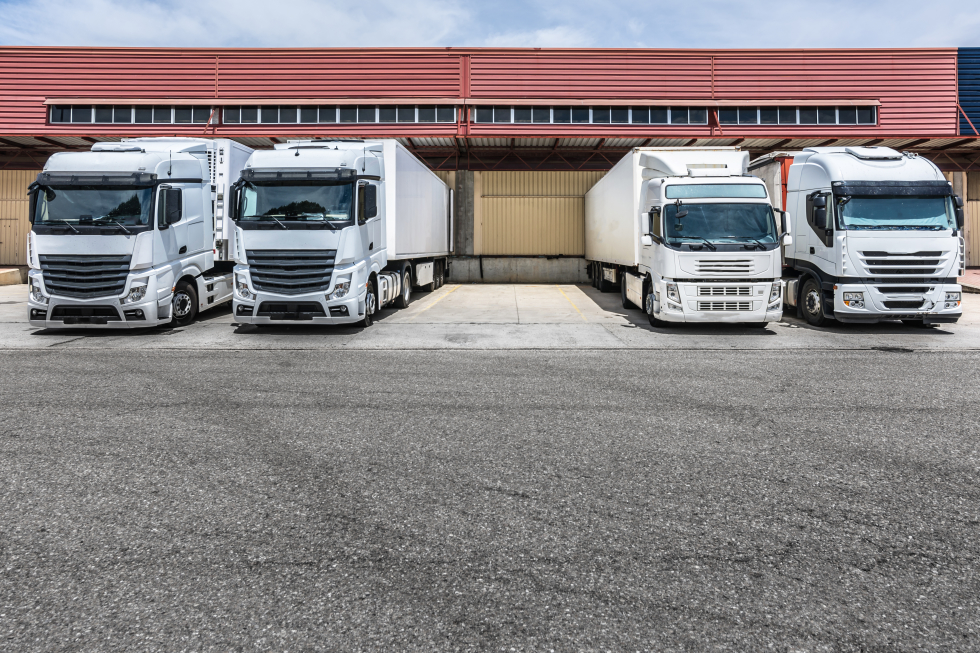Optimize Your Global Transportation Logistics for Better Trade
Discover practical strategies to streamline export-import operations and boost global transportation efficiency.

Global transportation is a cornerstone of the international trade landscape. As businesses strive to navigate the complexities of worldwide logistics, adopting a holistic approach to optimize their global logistic operations is essential. This comprehensive guide delves into various aspects of global transportation, aiming to streamline processes for export-import companies and enhance their competitiveness in the global market.
Cross-Border Shipping in Global Transportation
Cross border shipping is pivotal for maintaining the flow of goods in international trade. As a critical component of global transportation, it involves the movement of products across different countries, each with its regulations and challenges. Businesses must navigate these complexities to ensure efficient and cost-effective delivery.
Navigating Regulations and Transportation Costs
The landscape of trade logistics is fraught with regulatory hurdles, which can vary significantly from one country to another. Understanding and complying with these regulations is crucial to avoid delays and additional costs. Companies can leverage technology to manage documentation and ensure compliance more efficiently. Additionally, optimizing the selection of transportation modes based on cost, speed, and reliability can significantly reduce expenses and improve service delivery.
- Regulatory Compliance: Understanding diverse international trade laws.
- Cost Management: Choosing the most cost-effective transport routes and methods.
- Technology Integration: Using software to streamline customs processes.
Leveraging Technology for Efficiency
Innovations in IT and automation play a transformative role in refining cross border shipping strategies. Implementing advanced tracking systems and automated logistics solutions can enhance visibility and control throughout shipping. These technologies streamline operations and improve accuracy in forecasting, planning, and executing global transportation strategies.
- Advanced Tracking Systems: Enhancing real-time visibility of shipments.
- Automated Solutions: Reducing manual work and increasing process reliability.
Warehouse Management Strategies in Worldwide Logistics
Effective warehouse management is integral to optimizing logistics in the global market. Strategic placement and operation of warehouses directly impact efficiency and customer satisfaction, making it a key area for investment and development in worldwide logistics.
Choosing Strategic Locations
The decision on where to locate warehouses can significantly affect global logistic operations. Optimal placement near key marketplaces or transport hubs can reduce lead times and transportation costs, thus enhancing overall efficiency. Businesses should conduct thorough market research and feasibility studies to identify the most strategic locations for their warehouses.
- Market Research: Identifying demand centers for quicker distribution.
- Feasibility Studies: Evaluating potential sites for logistical efficiency.
Innovations in Warehouse Operations
Adopting cutting-edge warehouse technologies, such as automated storage and retrieval systems (AS/RS) and robotics, can dramatically increase efficiency. These technologies speed up operations and reduce errors and labor costs. Regular training sessions for staff on the latest warehouse management systems and practices can further enhance operational efficiency.
- Technology Adoption: Implementing AS/RS and robotics.
- Staff Training: Ensuring workforce proficiency in new technologies.

Addressing the Last Mile Problem in Global Transportation
The last mile of delivery is often the most challenging and costly part of the shipping process. Optimizing this final step is crucial for enhancing customer satisfaction and reducing delivery costs.
Urban vs. Rural Challenges
Last-mile logistics in urban areas often involve navigating traffic congestion and parking issues, whereas rural deliveries might contend with longer delivery routes and fewer available services. Tailoring last-mile strategies to address these specific challenges is key. For instance, urban strategies include localized delivery centers or eco-friendly vehicle fleets, while rural strategies could leverage local partnerships for efficient service.
- Urban Logistics: Implementing localized delivery hubs and eco-friendly vehicles.
- Rural Logistics: Partnering with local services for broader reach.
Innovative Delivery Solutions
Integrating drones and autonomous vehicles into the delivery fleet represents the cutting edge of addressing the last mile problem. These technologies can reduce delivery times and costs, particularly in hard-to-reach areas. Collaborative efforts with technology providers can foster innovation and streamline last mile logistics.
- Drones and Autonomous Vehicles: Reducing time and labor costs in deliveries.
- Technology Collaborations: Partnering with tech firms for innovative solutions.
Utilizing Bonded Warehousing in Trade Logistic
Bonded warehousing offers significant advantages for businesses engaged in international trade, providing a secure space to store goods without immediate payment of duties and taxes.
Benefits of Bonded Warehousing
Companies can use bonded warehouses to improve cash flow management and reduce duty payments until goods are ready for sale or export. This setup is particularly beneficial in managing inventory for seasonal fluctuations and ensuring compliance with trade regulations.
- Improved Cash Flow: Delaying duty payments until goods are sold.
- Regulatory Compliance: Ensuring goods meet all trade regulations before distribution.
Operational Best Practices
Effective management of bonded warehouses requires a clear understanding of regulatory requirements and meticulous inventory control. Implementing robust security measures and reliable tracking systems can prevent losses and ensure the smooth operation of these facilities.
- Security Measures: Implementing comprehensive security protocols.
- Inventory Tracking: Utilizing advanced systems for accurate stock management.
Conclusion
Optimizing global transportation is pivotal for the success of export-import businesses. Companies can significantly enhance their operational efficiency and competitiveness in global markets by addressing key aspects such as cross-border shipping, warehouse management, the last mile problem, and bonded warehousing. Adopting innovative technologies and strategic practices in worldwide logistics will streamline operations and pave the way for future growth and sustainability in the ever-evolving landscape of international trade.






Comments 0